7 Ways You Can Become a Better (and Greener) Diver
How to check that dive centers are as eco-friendly as they claim and what you can do about it.
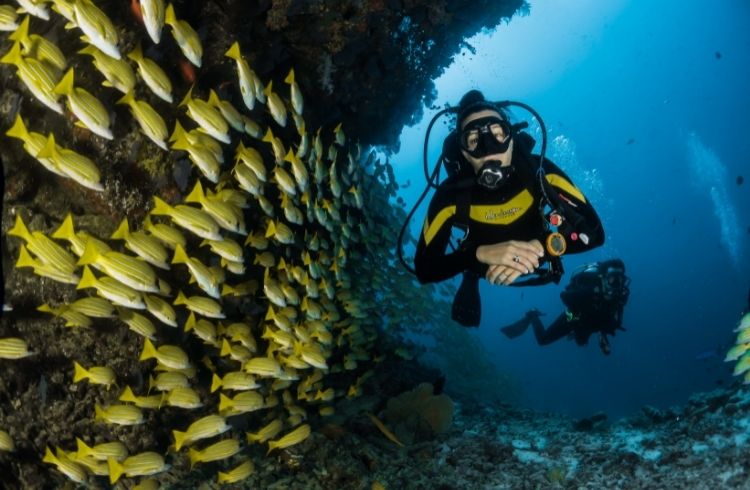 Photo © Unsplash/Sebastian Pena Lambarri
Photo © Unsplash/Sebastian Pena Lambarri
Anyone with a few dives under their weight belt can tell you, there are some bad scuba divers out there. We’re not talking about poor air consumption or level of comfort in the water – these are skills that can be developed and improved over time – but about not-so-green diving behavior. Anything from fish grabbing to coral touching and stirring up silt. Stuff to get your hoses in a twist.
Bad diving habits not only make you a bad buddy but also a danger to marine life.Sounds a bit dramatic? Not really. Out of the six million active scuba divers worldwide, most would describe scuba diving as floating in outer space, free from gravity and worries. But the freedom that scuba diving brings doesn’t mean turning dive sites into lawless underwater playgrounds.
- Choose a green dive operator
- But how can you know for sure if it’s an eco-friendly dive center?
- Get your buoyancy under control
- Choose a reef-safe sunscreen
- Go easy on the flash
- Be proactive
- Become an environmentally certified diver
Green diving: why it matters
Scuba diving is addictive. It only takes one plunge to catch the diving bug.
The underwater world is known for its colorful fish, vibrant coral reefs and dramatic landscapes. So, it’s no surprise that this aquatic, mesmerizing beauty attracts travelers’ attention.
But, where there is tourism, there is also the risk of people not following the best green diving practices, often unintentionally. Either way, scuba divers should take responsibility for safeguarding our ocean environments.
Why? Because the ocean is our lifeline. It regulates the Earth’s temperature and weather. Plus, many coastal regions rely on marine ecosystems for their livelihood, whether it’s through fishing or tourism. Not to mention that oceans are a solid source of protein for almost 3 billion people in the world.
While marine protection and ocean conservation laws need urgently updating, divers are in a privileged position to see what goes on beneath the sea’s surface. So, really, the least we can do is adopt eco-friendly diving habits.
And that means making more responsible diving decisions without missing out on great experiences.
So how can you make greener diving choices?
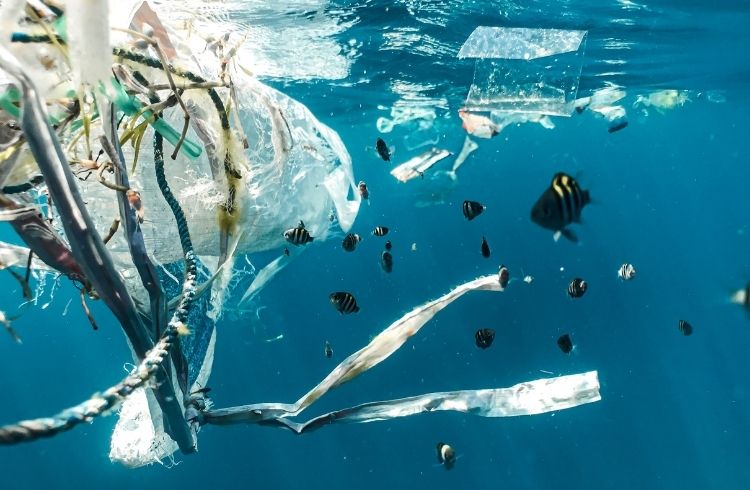
1. Choose a green dive operator
It’s easy to just pick a dive school for your next diving vacation based on whichever one has the most positive reviews.
Instead, try to look out for dive operators that protect local marine life.
Here are some dead-give-away signs of an eco-friendly dive center:
- Small groups: all dives are done in small groups (around 8 divers, max).
- No-feeding and no-touching policy: EVER.
- Dive sites are visited based on weather conditions AND divers’ level of experience.
2. But how can you know for sure if it’s an eco-friendly dive center?
As it happens, dive centers can earn official eco badges by following strict environmental guidelines that promote friendly and green diving practices.
Here are a few of the most globally recognized eco-labels for dive centers:
- Green Fins: it’s the environmental lovechild between UN Environment and The Reef World Foundation. Operating in Southeast Asia, the Caribbean and the Indian Ocean, dive operators here become members by adopting The Green Fins Code of Conduct.
- Project AWARE: if you’re more familiar with PADI, then look out for the 100% Aware Partner accreditation and the PADI Green Star Award. PADI bestows these eco-labels on dive centers and resorts that demonstrate an active commitment to protecting coral reefs, supporting local communities, and turning divers into ocean advocates.
- Reef Check: dedicated to the conservation of coral reefs (and, more recently, kelp forests too), Reef Check dive centers work to protect the marine ecosystem through education, research and conservation. They do this through citizen scientist divers who monitor and collect valuable data.
3. Get your buoyancy under control
Excellent buoyancy control helps you save air, but – more importantly – it also stops you from, even accidentally, hurting and damaging marine life.
And even if you’ve been diving for a long time, don’t be ashamed to work on your buoyancy. After all, there are many factors to take into consideration (i.e., the thickness of your wetsuit, where you position your weights, the size and material of your scuba tank, etc.).
Remember: Don’t swim too close to the seabed and always make sure your scuba gear and accessories are neatly tucked away for an optimal streamlined position.
4. Choose a reef-safe sunscreen
If you are what you wear, don’t wear coral-killing sunscreen.
In fact, many popular brands of sunscreen contain ingredients that harm coral reefs and marine life to the extent of causing coral bleaching.
So take a look! Read the label (even when it says “reef-safe”) and avoid toxic chemical ingredients in sunscreensuch as Oxybenzone and Octinoxate.
But that’s not all.
There’s also evidence that some ingredients are bad for human health too. For example, some ingredients increase the chances of testicular cancer and can also be detected in breast milk. Now you know.
5. Go easy on the flash
You’ve probably heard the saying “take only pictures, leave only bubbles.” That’s all well and good until you put your flash on.
Many sustainable dive centers will restrict the use of underwater flash photography, especially when it comes to seahorses, as it can kill these fragile creatures.
6. Be proactive
In practical terms, this means getting involved in conservation projects such as beach and sea clean-ups.
But being an eco-conscious scuba diver also means being a role model. So, if you see a diver doing something that they shouldn’t be doing, then gently correct their behavior.
Did you know? You can also submit your photos and videos of threatened marine species to ID databases. Researchers and scientists worldwide rely on your sightings to collect data and monitor the health of our oceans. MantaMatcher.org and WhaleShark.org are good examples of this.
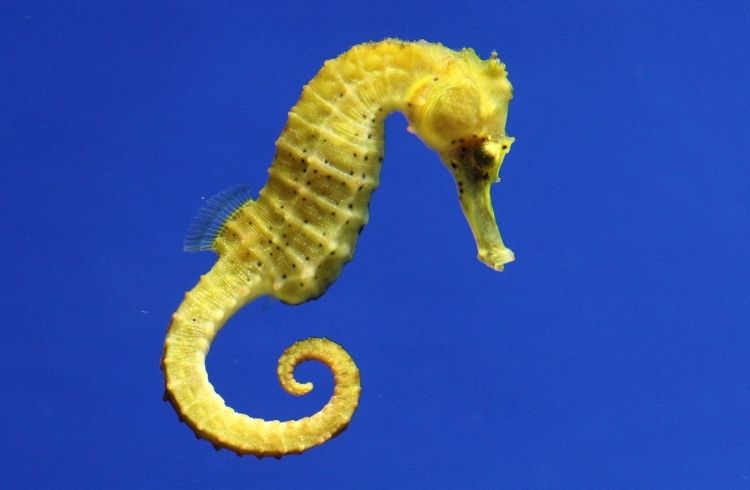
7. Become an environmentally certified diver
Put your green diving principles to good use with one (or all!) of these popular conservation certificates:
- Reef Check EcoDiver Course: learn how to monitor reefs and take part in marine volunteering expeditions around the world.
- PADI Project AWARE courses: anything from coral reef to shark, whale shark and sea turtle conservation.
- SSI ecology specialty programs: shark ecology, and manta and ray ecology, just to name a few.
Related articles
Simple and flexible travel insurance
You can buy at home or while traveling, and claim online from anywhere in the world. With 150+ adventure activities covered and 24/7 emergency assistance.
Get a quote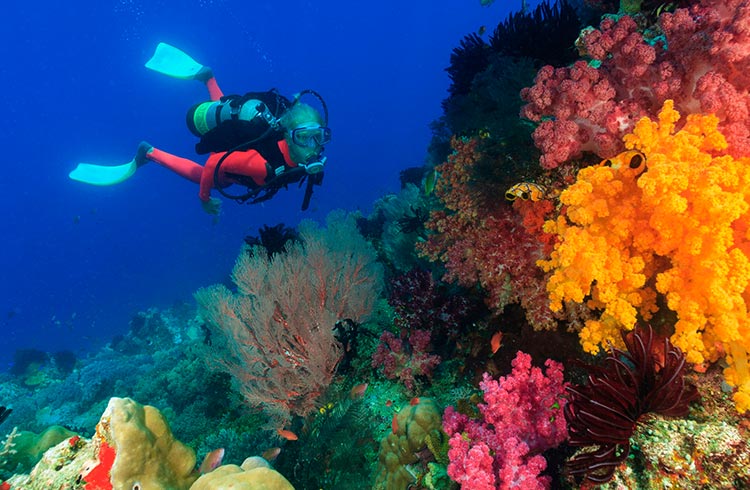
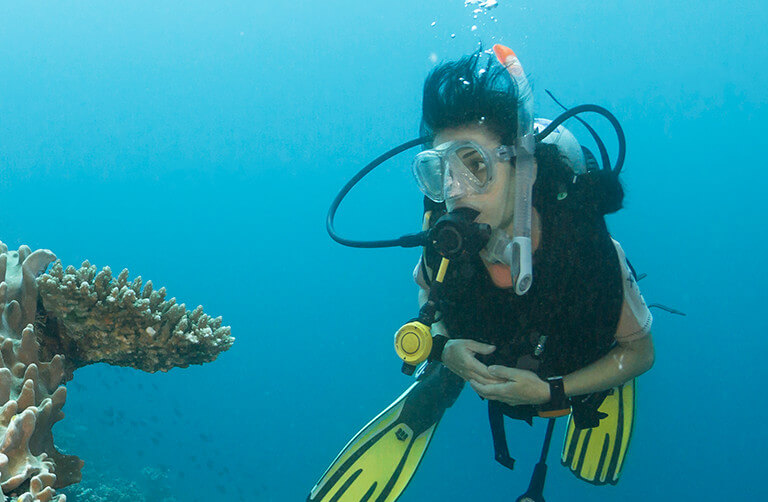
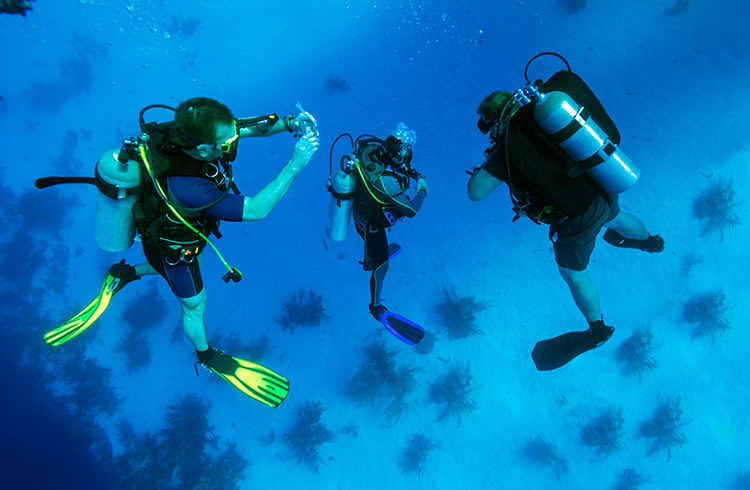
No Comments